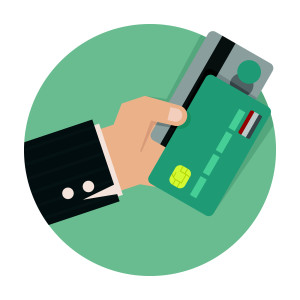EMV Liability Shift: Don’t Panic, But Start Planning
“Chip-and-PIN” technology or EMV has been in use in Europe for several years. Here’s how it works: credit and debit cards have a chip embedded in them and once the card is swiped, users have to enter a pin number to complete a transaction. It’s estimated that this technology has cut down incidents of fraud by 65 percent over the last 10 years. For the US, the world’s largest user of credit and debit cards, this could be an effective tool in fighting credit card theft.
Despite Americans’ love for plastic, we are well behind other areas of the world that are shifting to EMV, but that is all changing. The US is expected to transition to EMV (which stands for Europay, MasterCard, Visa) over the next several years and will require billions of dollars in security upgrades. Some things will happen sooner than you think– starting in October 2015, you’ll see the payment networks liability shift that is anticipated along with the changeover to EMV.
What is the EMV liability shift?
In the Fall, it’s expected that the cost related to fraudulent transactions will shift from the banks to merchants if the merchants haven’t upgraded their equipment to EMV. That means businesses no longer have the credit card companies’ protections to fall back on—they’re are on the hook for losses related to fraudulent transactions.
Another reason you need to be concerned about the EMV liability shift is because US-based payment cards will be inherently less secure than its European counterparts. Instead of requiring a PIN for each transaction as in Europe, US-based chip cards will require a signature. It’s easier to sign your name than it is to remember a pin, but the US preference for signatures leaves consumers vulnerable to fraud.
The end result: transition over to NFC terminals or pay the price—literally. This doesn’t mean you have to race out right now to purchase EMV-ready terminals, but if you haven’t even thought about it, you should start planning. A technology upgrade can be costly for a small-to-medium-sized business but it’s worth it. If the EMV liability shift isn’t going to affect you immediately—say your business doesn’t accept payment cards or most of your sales are small—then you’ve got little to worry about.
The bottom line is, start formulating a plan now if you haven’t already. As EMV payment liability shifts, being a victim of credit card fraud will be a far more expensive lesson if you don’t have the proper terminals in place.
Posted: April 29th, 2015 under Data Security, Point of Sale.
Comments: none



